A Lesson In Tunnel Vision: The History of Top 3 NBA Draft Picks
December 5, 2021
In the 1984 draft, the Portland Trail Blazers held the number 2 pick in the NBA draft. The Blazers viewed and assessed their roster, and saw Clyde Drexler—a scoring 2-guard—and decided they would like to draft a big man. The big man they would select would be Sam Bowie. The Chicago Bulls with the 3rd pick in that same draft would go on to select Michael Jordan.
During the 2009 NBA draft, the Memphis Grizzlies held the second overall pick and believed that they desperately needed a center. Since they felt they needed a center, they selected Hasheem Thabeet, but the very next pick would be future NBA MVP, James Harden.
In the 2012 NBA draft, the Charlotte Hornets held the number 2 pick. The Hornets had selected promising offensive guard Kemba Walker in last year’s draft, and because of this, decided that they needed a defensive wing. They would go on to select Michael Kidd-Gilchrist, a player who met their presumed needs. The very next pick, however, would be future NBA All-Star guard Bradley Beal.
In the 2018 NBA draft, the Sacramento Kings held the second pick. They had drafted a promising guard they believed was the future of their franchise in the previous year’s draft in De’aaron Fox and hoped to select a big man rather than another ball-dominant guard in this draft. They would select Marvin Bagley, but the very next pick would be the ball-dominant guard they passed on, future NBA All-Star, Luka Doncic.
In the 2019 NBA draft, the Golden State Warriors held the second pick. Their biggest positional need would be center, and believed they did not need a guard. They would go on to select big man James Wiseman, but the very next pick would be ultra-promising guard Lamelo Ball.
All these teams (among countless others throughout history) have two important things in common: they all horribly messed up their second overall picks with phenomenal players being selected just the pick after. But why? Why is this such a trend that teams will take players out of the league before their rookie contract can even expire while passing on future All-Stars, champions, and even MVPs? All these teams’ selections had one very important thing in common: they selected to meet their team’s positional needs instead of selecting the best available players.
Now, at first glance, is it so bad that some of these teams would pass on players that play positions they already have? Not necessarily, but it is important to remember that basketball is becoming (and always has been) a positionless sport.
If a team in the NFL has the chance to draft a quarterback, but they already have a good quarterback, it makes sense to trade down or select a different player in order to avoid a logjam at the QB position. Only one QB can play the field at a given time, and it would be foolish to have two young quarterbacks on your roster because they cannot play together. In the NBA, however, this is not the case.
In the NBA, teams are leaning closer and closer to a league that doesn’t even use positions to classify a player. Teams care more about skill set and talent than they do about position and this has been shown within recent trends of teams. The Houston Rockets during the 19-20 season had a team entirely of lineups consisting of only guards and wings and didn’t play a traditional center at all because a traditional center did not meet the needs of their team. They didn’t need a big man to grab rebounds because their two lead guards (Russell Westbrook and James Harden) are two of the best rebounding guards in the league. They did not need a big man to play the pick-and-roll on offense because most of their halfcourt offense consisted of isolation from their lead two guards.
The OKC Thunder also in 19-20 experimented with a positionless lineup of their own. That season, the lineup of 5 players on a team with the highest net rating (aka which 5 players played the best together) in the entire NBA was the Thunder and their lineup of three point guards: Chris Paul, Dennis Schröder, and Shai Gilgeous-Alexander.
It’s safe to say that the modern game of basketball doesn’t care about what position you play, but even in the past the NBA cared more about talent and skill set than positions.
Remember that stretch when Michael Jordan played point guard for the Bulls? In the 88-89 season, the Bulls called for Jordan to play the 1 after their usual starting point guard was struggling to run the offense. In 11 games, point guard Jordan averaged a 30-point triple-double. He was really good. Because he’s Michael Jordan. If the Blazers back in 1984 had selected the best player available in Jordan, they could have played him at point guard (or even small forward) and likely won as many if not more championships as the Bulls did with Jordan. But the Blazers insisted they did not need another scoring 2-guard, drafted Sam Bowie, and this led to them missing out on the eventual greatest basketball player of all time.
While we’re on the subject of the 1984 draft, let’s discuss what is likely the biggest “best player available” selection of all time: Hakeem Olajuwon. (This does not discuss a number 2 or 3 pick scenario, but it is relevant to the idea of meeting team needs and picking for talent.)
In 1983, the Houston Rockets held the number one pick and selected 7’4” center Ralph Sampson first overall. He was an All-Star in his rookie season (a feat only achieved by 15 other players since the three-point era), but the Rockets still performed pretty poorly as a team., poorly enough to grab the first pick in the draft again in 1984. The top prospect in this draft was ALSO a center: the University of Houston’s own, Hakeem Olajuwon. This left the Rockets with what many modern GMs would view as quite the conundrum. However, the Rockets did not fold and had the audacity to select another center with the first pick in the draft for the second year in a row. Better yet, the two big men would often play on the floor together. Because the Rockets did not give a hoot about fitting their team needs, they cared about drafting good basketball players. And it would work out, as the Rockets would go on to win two NBA championships under eventual MVP Hakeem Olajuwon.
If the Rockets decided to make the “fit pick”, they’d have missed out on an eventual MVP that would lead them to back-to-back championships in what many consider to be the most difficult era in NBA history.
Safe to say, present, past, or future, franchises who look to fill the needs of their roster do not reap nearly the same benefits as franchises that simply take the best player/s available. Sometimes, the simplest decisions can be the best ones.
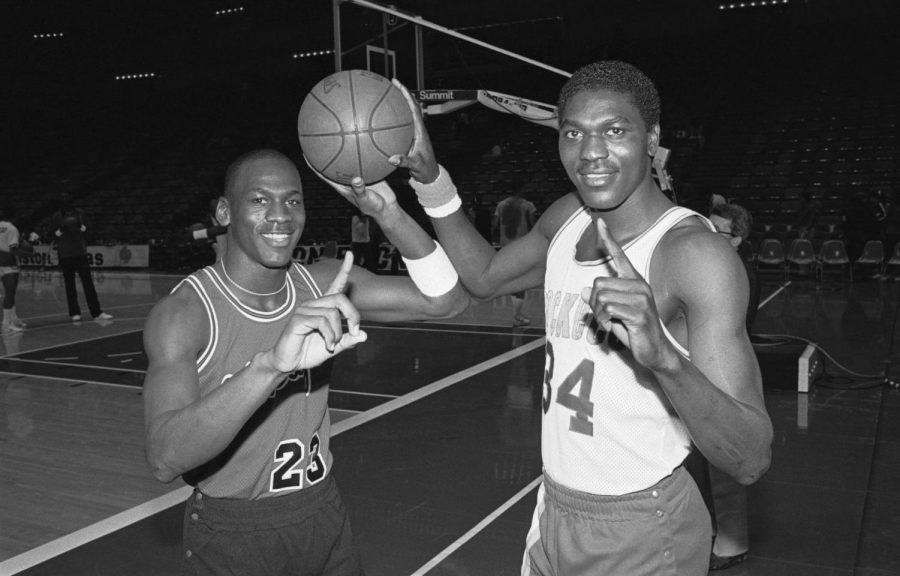
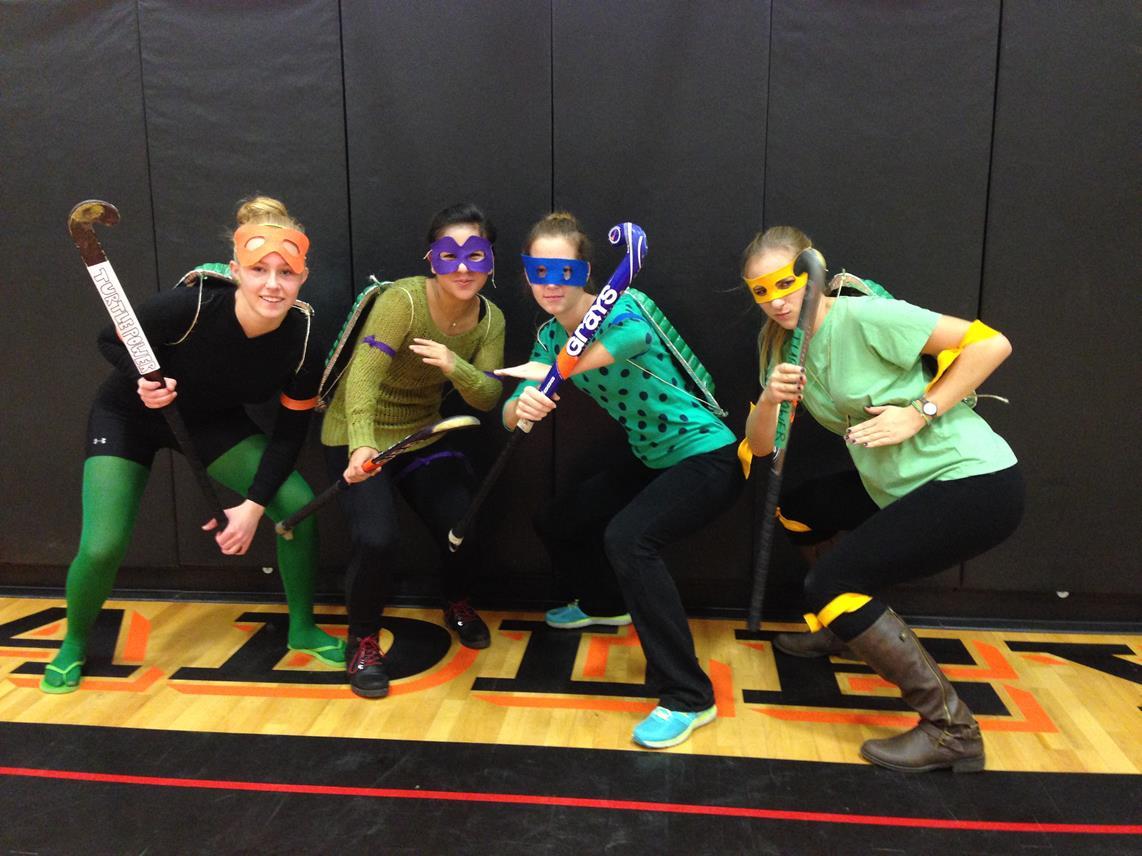
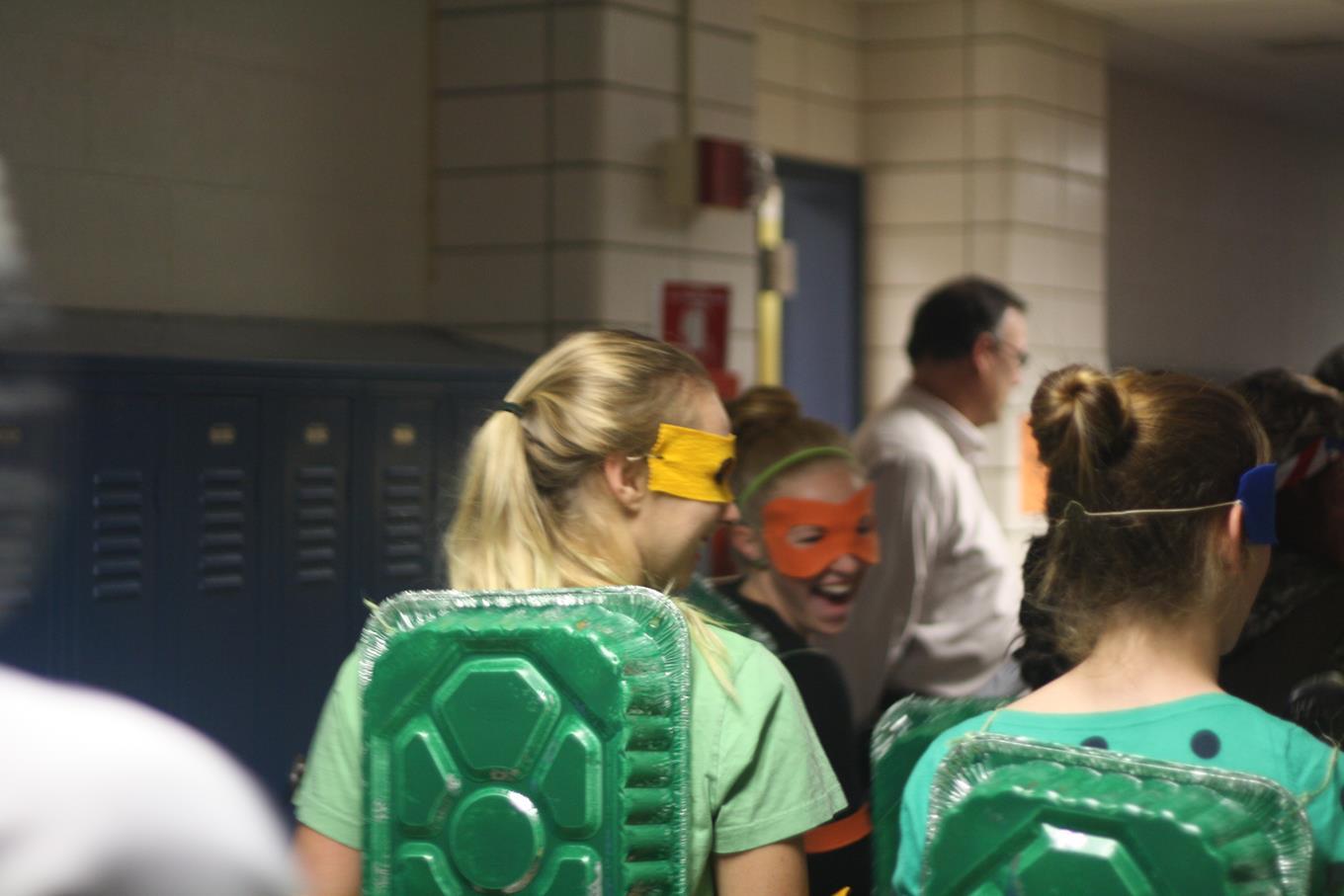
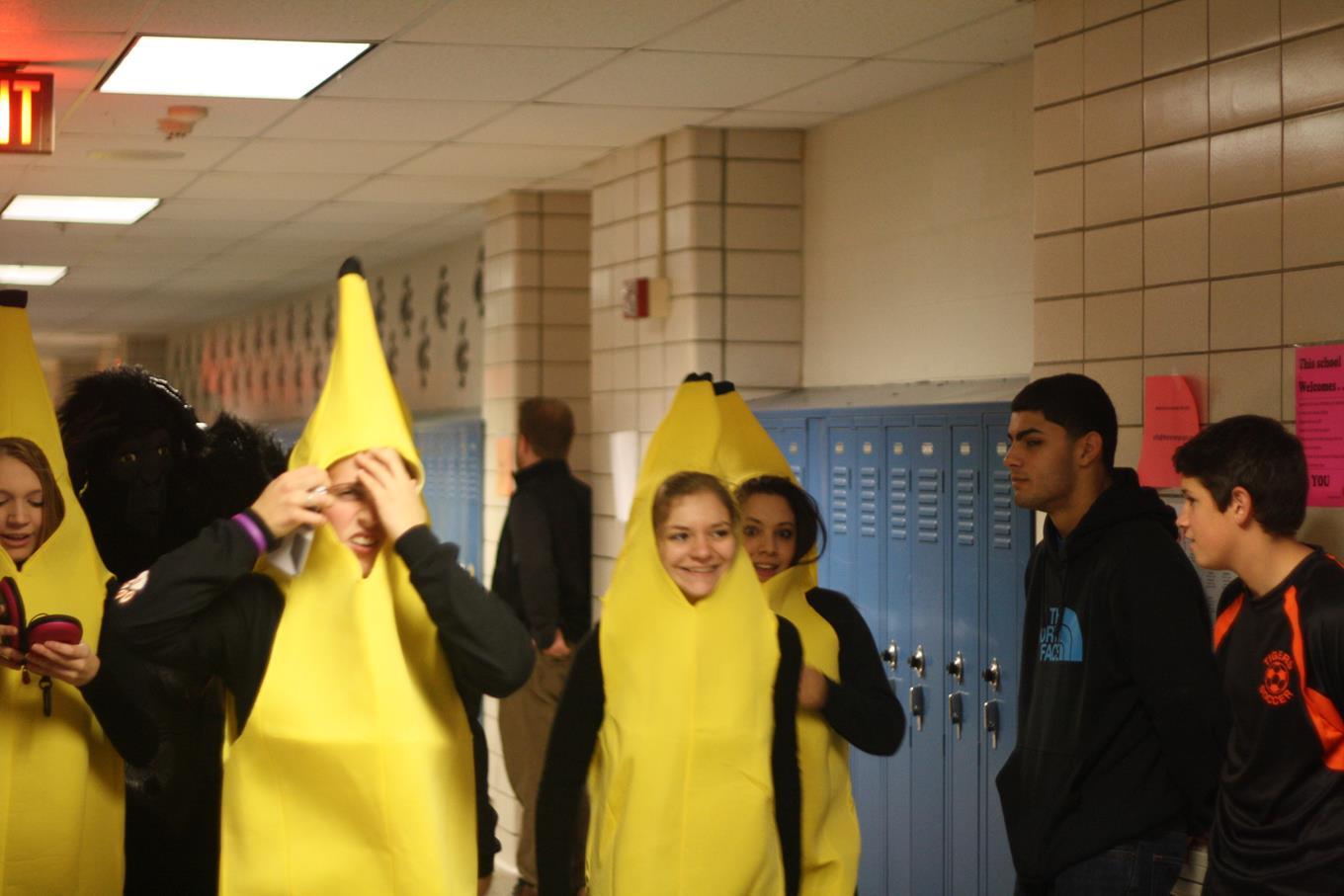

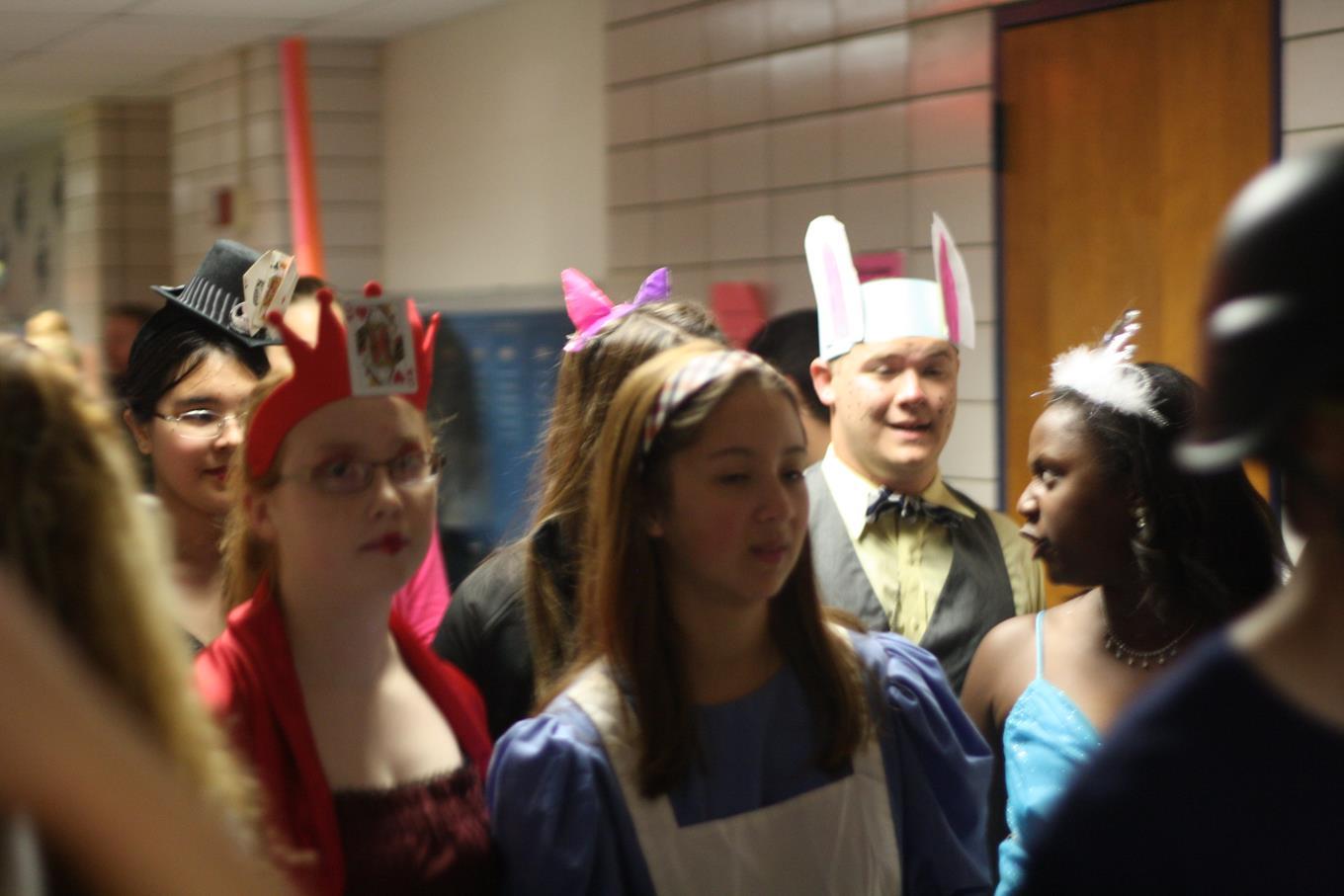
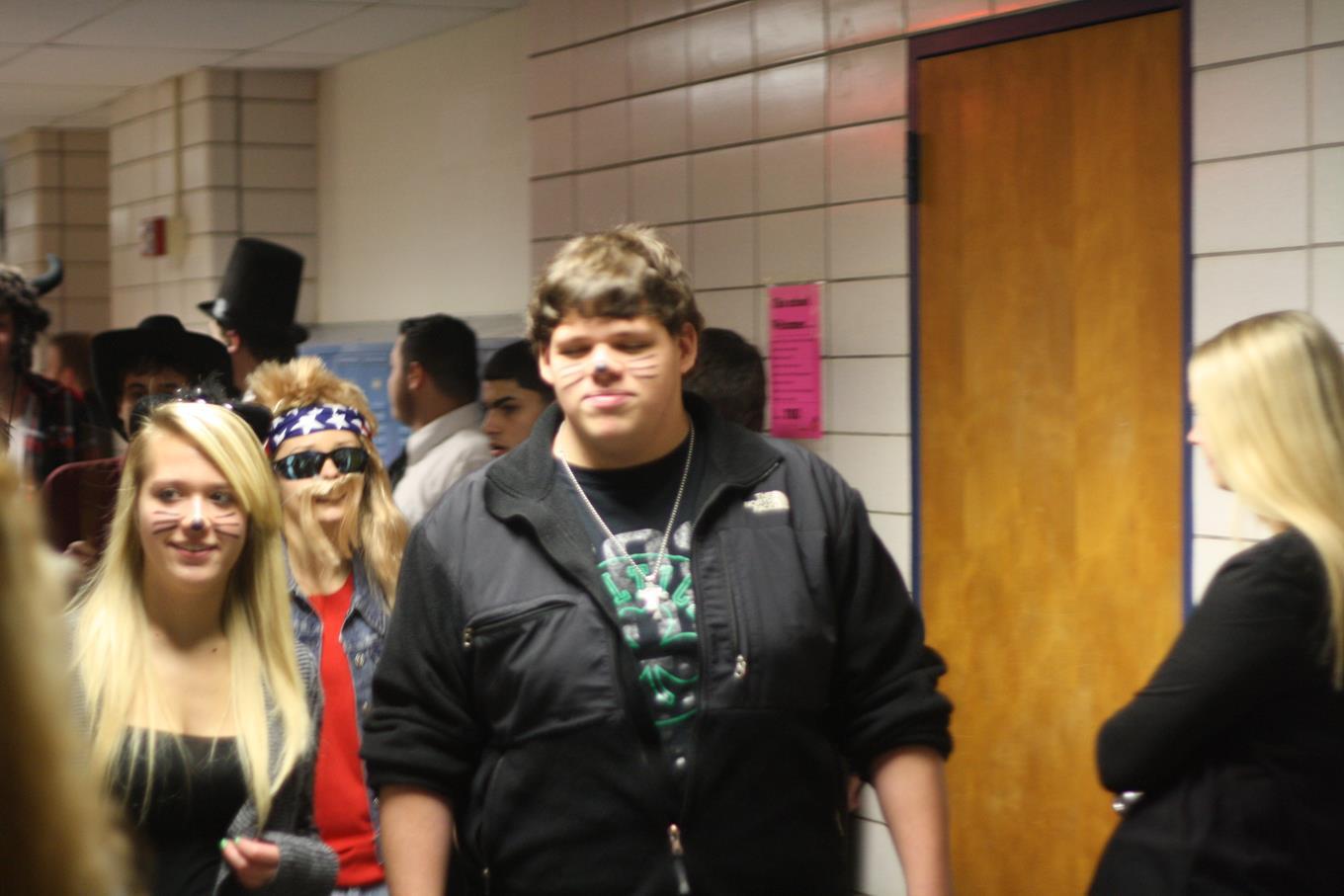
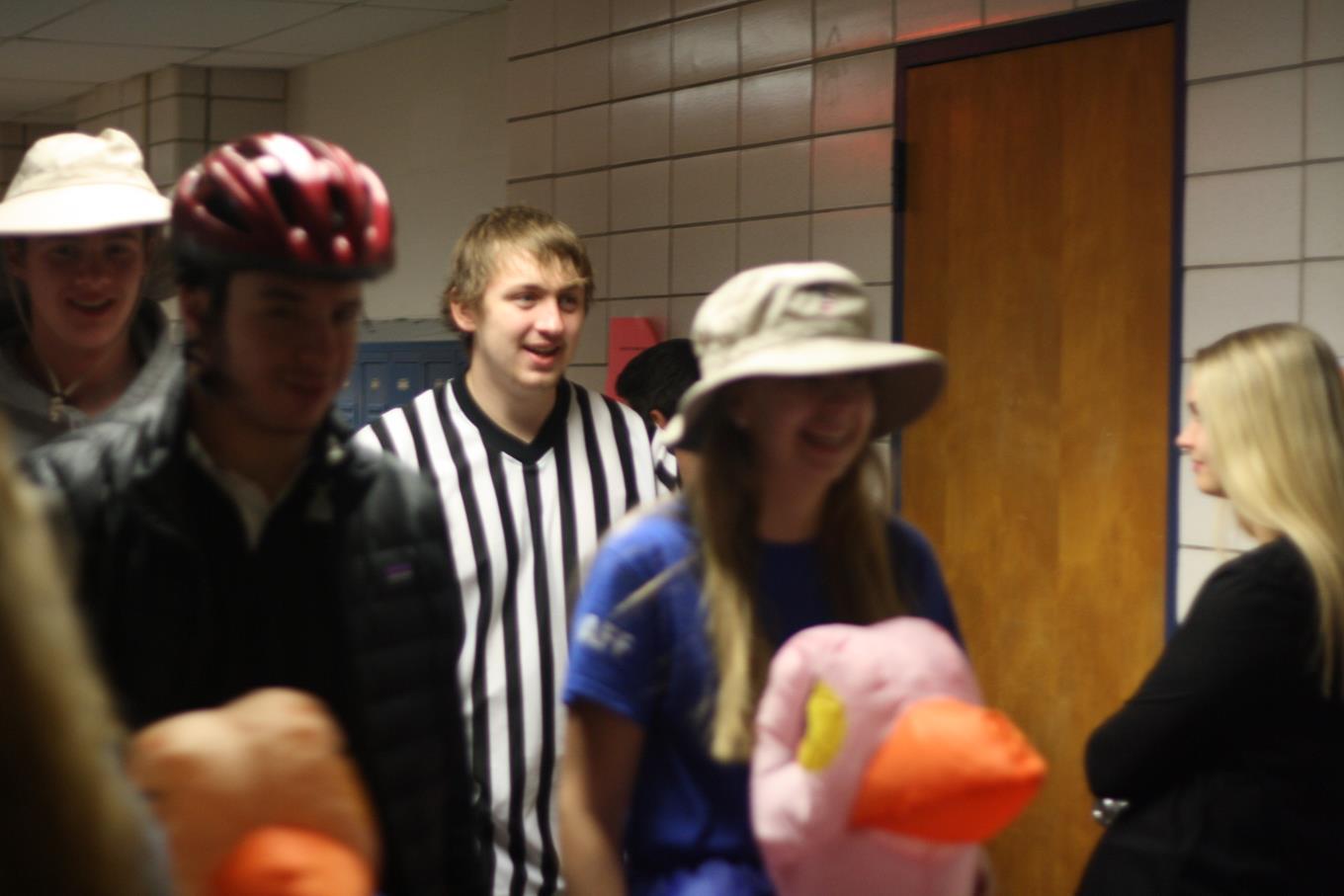
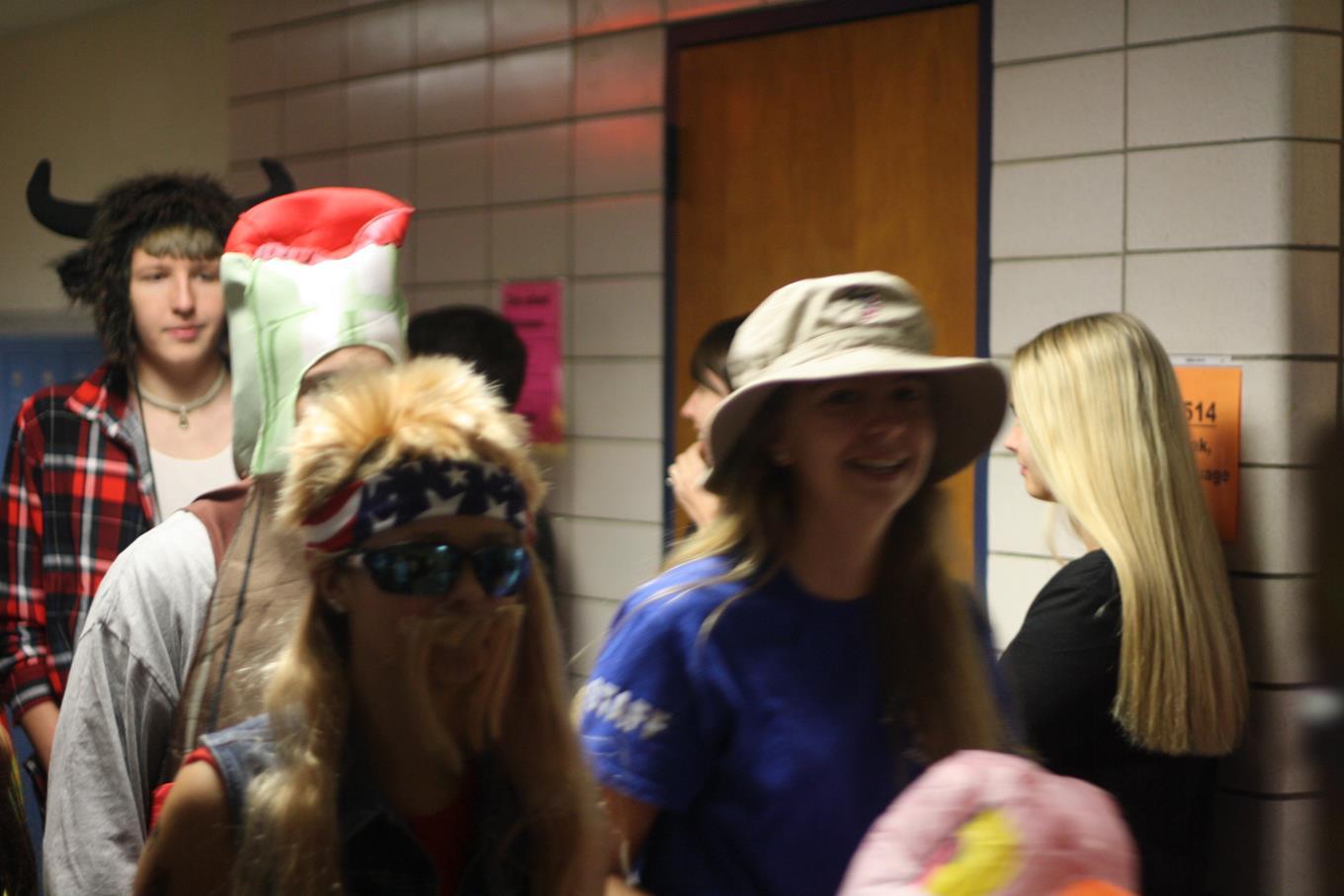
JBmoney33 • Dec 6, 2021 at 12:09 pm
Really enjoyed this ??
Kris • Dec 6, 2021 at 12:08 pm
awesomesauce!